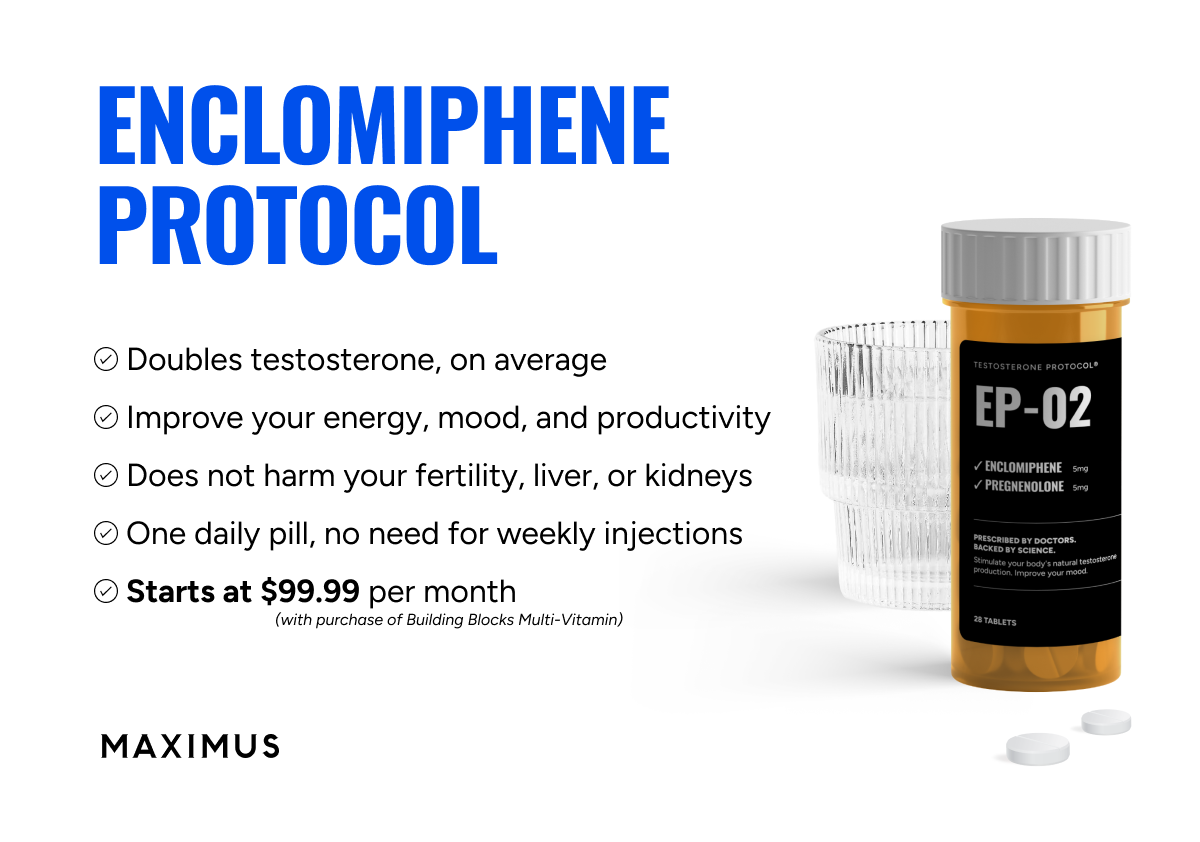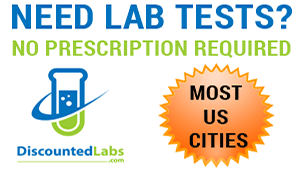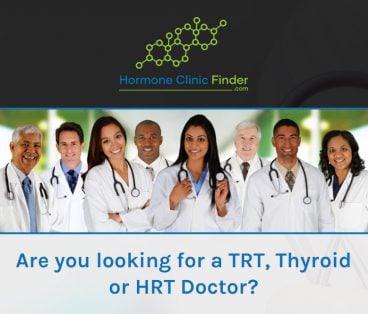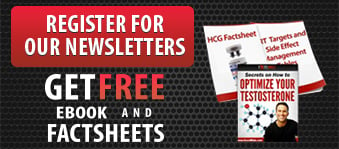Greetings all…. New member, Richard here (RVK612-1), who will turn 82 y.o., Jun-12-2023.
I today (May-01-2023) learned from my pharmacist that my prescription for 1000 mg/5 ml vial of testosterone enanthate (brand “Delatestryl”) could not be honored because the pharmacy was experiencing a “shortage” of the product and did not know when the product would again be available. However, the pharmacist told me that, in the meantime, as an alternative to the prescribed dose of testosterone enanthate (sub-q injection of 1.7 ml once every 3 weeks), the pharmacy would be able to provide me with a 30-day supply of testosterone undecanoate (brand “Tara-Testosterone”) in capsule form (40 mg/capsule), with a prescribed daily dose of 2 capsules (80 mg) with food/fat, once in the morning, and once in the evening, for a total of 160 mg/day. (Sorry for the information overload!) The reason for my post is to discover what effects other members may have experienced as a consequence of switching from an injectable form of testosterone (e.g., enanthate; Delatestryl) to an oral form (e.g., undecanoate; Tara-Testosterone)?
Using the search term “testosterone undecanoate”, I found that back on Feb-20-2022, “Systemlord” reported that “My TRT protocol: Jatenzo @ 237 mg twice daily” and that “Big Tex” had mentioned something about considering using an oral form as opposed to an injectable. Any relevant information or feedback would be very much appreciated!
The majority of pharmacies have it on backorder. The shortage due to the demand increase for the drug was resolved as of 4/21/23. Should be back in stock over the next few weeks. .

www.excelmale.com
I today (May-01-2023) learned from my pharmacist that my prescription for 1000 mg/5 ml vial of testosterone enanthate (brand “Delatestryl”) could not be honored because the pharmacy was experiencing a “shortage” of the product and did not know when the product would again be available.
Depending on the province/pharmacy it may take longer than a few weeks.
From my understanding, many pharmacies are also having issues with obtaining Depo-Testosterone (Testosterone Cypionate).
However, the pharmacist told me that, in the meantime, as an alternative to the prescribed dose of testosterone enanthate (sub-q injection of 1.7 ml once every 3 weeks), the pharmacy would be able to provide me with a 30-day supply of testosterone undecanoate (brand “Tara-Testosterone”) in capsule form (40 mg/capsule), with a prescribed daily dose of 2 capsules (80 mg) with food/fat, once in the morning, and once in the evening, for a total of 160 mg/day. (Sorry for the information overload!)
I take it you are from Canada.
For decades the only option for oral T in Canada was big pharma Andriol capsules up until 2018 when it was discontinued and the generic version Taro-Testosterone capsules took its place.
As of recently in the US they have three oral TU products.
The first oral formulation of testosterone Jatenzo was approved by the US FDA back in 2019.
Other formulations of oral TU such as Tlando and
Kyzatrex were released in 2022.
To be honest the better option would have been switching over to Depo-Tetsosterone (Testosterone Cypionate) temporarily until the Delatestryl is back in stock but again many pharmacies are also having issues with Depo-Test.
The only other options would be Natesto, transdermal T-gel, or generic oral TU (Taro-Testosterone capsules) as big pharma Andriol manufactured by Merck was discontinued back in 2018.
When it comes to formulations available in Canada you are basically stuck with big pharma transdermal T gels (Androgel, Testim), transdermal compounded T cream, oral TU (Taro-Testosterone), nasal gel (Natesto), or injectable T enanthate (Delatestryl) or T cypionate (Depo-Testosterone/generic).
Oral TU (Andriol or Taro-Testosterone capsules) can be a hit or miss when it comes to achieving good blood levels.
The same can be said for some of the transdermal T formulations.
If oral TU is your only option then I guess you will have to make due for now and hope for the best.
A practical guide to diagnosis, management and treatment of testosterone deficiency for Canadian physicians (2010)
*Testosterone undecanoate is formulated in Canada with the convenience of an oral preparation (Andriol or pms-Testosterone). These products may induce supraphysiologic levels of dihydrotestosterone.32 To permit absorption, testosterone undecanoate must be taken with a high-fat meal. Absorption issues may lead to poor responses.
Diagnosis and management of testosterone deficiency syndrome in men: clinical practice guideline (2015)
In Canada, the available products for testosterone therapy include short-acting injectable testosterone (testosterone enanthate, testosterone cypionate, and testosterone propionate), oral testosterone undecanoate, transdermal testosterone patches, transdermal testosterone gel 1% (hydroalcoholic gel, and hydroalcoholic gel with pentadecalactone), and axillary transdermal testosterone solution 2%. Intramuscular injection of testosterone propionate is used infrequently. Compounded testosterone products are available at many compounding pharmacies in Canada, but there are no published data on the safety and efficacy of these products.
The choice of product for testosterone replacement therapy should be a topic of discussion between the physician, the patient, and the patient’s caregiver, if appropriate. Factors affecting this choice include safety, efficacy, tolerability, availability, preference, and cost. More information on the advantages and disadvantages of available products, including costs, is outlined in Tables 7 and 8 of Appendix 1.
TREATMENT OPTIONS
Table 7. Testosterone Products for the Treatment of TDS
Canadian Urological Association guideline on testosterone deficiency in men: Evidence-based Q&A (2021)
Ethan D. Grober, MD; Yonah Krakowsky, MD; Mohit Khera, MD; Daniel T. Holmes, MD; Jay C. Lee, MD; John E. Grantmyre, MD; Premal Patel, MD; Richard A. Bebb, MD; Ryan Fitzpatrick, MD; Jeffrey D. Campbell, MD; Serge Carrier, MD; Abraham Morgentaler, MD
13. What are the current treatment options for TD in Canada?
Table 3 summarizes the testosterone treatment formulations currently approved by Health Canada.
Compounded testosterone products are available at many compounding and online pharmacies in Canada, however, published data have demonstrated significant variability of testosterone concentrations within such products, leading to concerns regarding the efficacy and safety.30
The choice of testosterone therapy and route of administration should be a topic of discussion between the physician and the patient using a shared decision-making approach. Factors influencing this choice include safety, efficacy, tolerability, availability, preference, and cost/insurance coverage.
Table 3. Testosterone treatment formulations currently approved by Health Canada
A new oral testosterone undecanoate therapy comes of age for the treatment of hypogonadal men (2020)
*Historically, efforts to administer oral T have taken two primary paths: alkylation of T at the C-17 position to create T analogs that are resistant to first-pass hepatic metabolism (exemplified by methyltestosterone);2 or fatty-acid esterification of T to create a T-ester (exemplified by TU) that is absorbed via the intestinal lymphatic system thus bypassing the portal circulation.3 Oral methyltestosterone, originally discovered and used clinically in the mid-1930s,1 is the only
oral TRT ever approved for use in the US, but has been associated with serious hepatotoxicity such as cholestasis, peliosis hepatis, and hepatic adenocarcinoma4–6 and therefore is not recommended for clinical management of male hypogonadism.
Conversely, while oral TU has not been associated with liver toxicity, an early oral TU formulation approved for use in many countries but never in the US (Andriol®) was highly influenced by dietary fat, thus leading to significant intra- and inter-patient variability in T response and questionable clinical utility.7,8 Reformulation of this product to reduce the effect of dietary fat did not address the low TU content of the capsules, thus resulting in the need to dose hypogonadal men with several capsules three or more times daily. Even then, reported serum T response would not result in average serum T levels in the normal range9 and therefore would not pass current-day regulatory scrutiny for efficacy. Consequently, these oral TU formulations have never been widely used to treat T deficiency although they remain available in many countries.
prescribed dose of testosterone enanthate (sub-q injection of 1.7 ml once every 3 weeks),
Not sure who is treating you but this is a horrible protocol.
Do you have any blood work to post?
Injecting 1.7 mL subcutaneously is a whopping volume of the oily solution!
Most are injecting .5 ml or less when following a strictly sub-q protocol.
Much more prone to lumps/nodules let alone leakage of the oily solution from the injection site.
Even then injecting 340 mg esterified TE once every 3 weeks is not going to cut it.
Look up the PKs (pharmacokinetics) of TE (testosterone enanthate).
Following such protocol will have your T levels sky-high post-injection/during the first few days only to be followed by much lower levels before you hit the 3-week mark.
You will be back to being hypogonadal before your next shot.
Your hormones will be on a wicked rollercoaster!
Most men on trt are using TC or TE and injecting 100-200 mg T/week whether once weekly or split into more frequent injections such as twice-weekly (every 3.5 days), M/W/F, EOD, or even daily.
Even with once-weekly injections, there will be a big difference between peak--->trough and blood levels will not be as stable throughout the week which can have a negative impact on mood, energy, libido, and erectile function.
Although some may do well injecting once weekly most are splitting up the weekly dose and injecting more frequently.
This will clip the peak--->trough and blood levels will be more stable throughout the week.
Look over these threads when you have time.
Testosterone Replacement Therapy: A Narrative Review with a Focus on New Oral Formulations (2022) Salman Z Bhat and Adrian S Dobs Male hypogonadism affects 10–30% of the male population and is often under-recognized and under-treated. Different replacement formulations exist, each with...

www.excelmale.com
@Marcel https://www.
excelmale.com/forum/threads/the-dea-wants-to-limit-your-access-to-trt-telemedicine.27274/page-6 We have always been far worse off than the US when it comes to the treatment of men for testosterone deficiency. Although there has been some improvement in certain areas we...

www.excelmale.com














